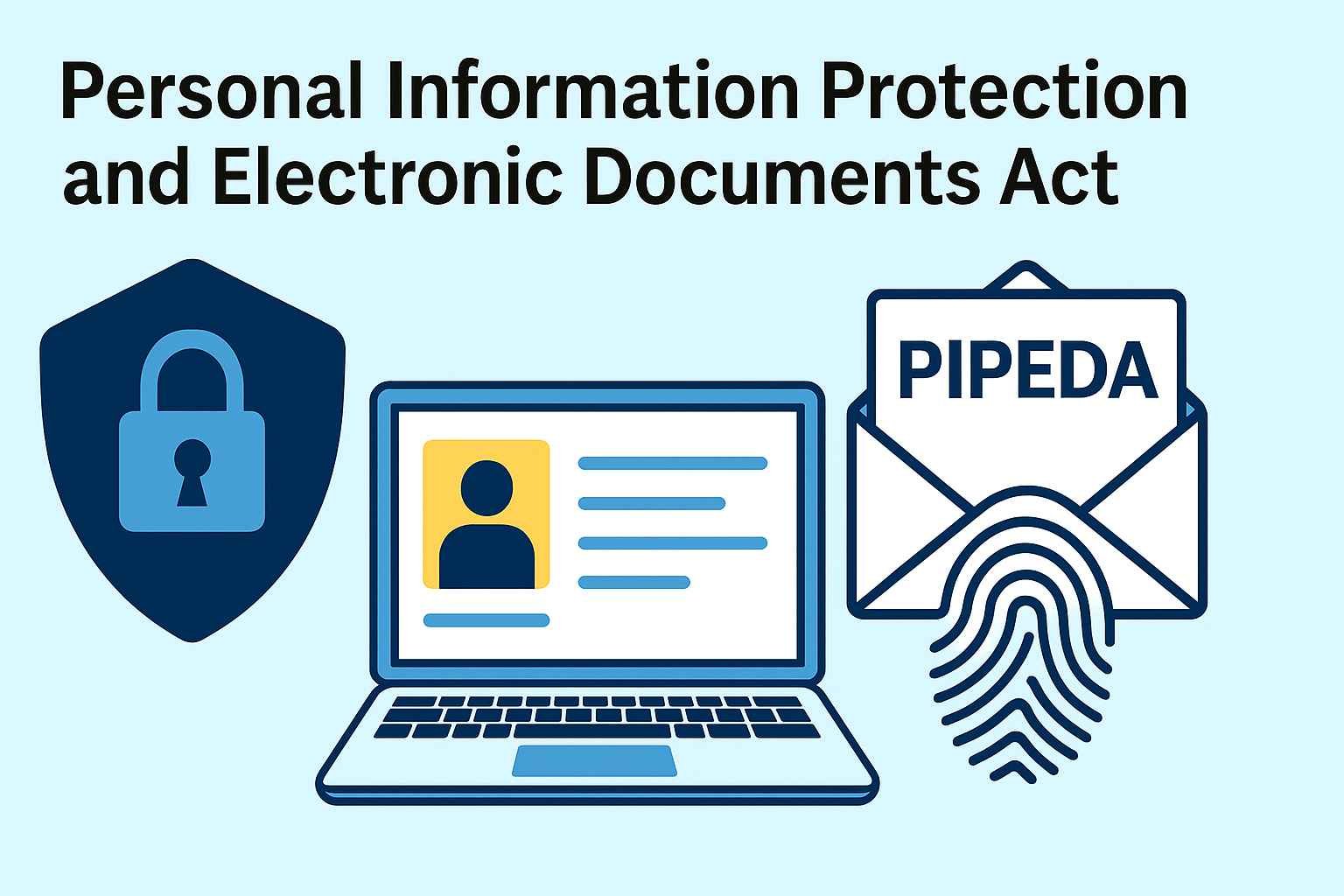On this page you will read detailed information about India Map Laws and Regulations.
As you examine India’s map laws and regulations, you embark on understanding a complex issue rooted in history, politics, and national security. While navigating 100 words, reflect on the perspectives that shaped these policies and their implications. With an open and discerning mindset, probe diverse vantage points to grasp multi-faceted realities. Let truth and wisdom guide your investigation; seek not to judge but comprehend. This knowledge may illuminate new pathways to reconciliation and cooperation between nations and peoples.
Background on India Map Regulations
India has strict laws and regulations regarding maps that depict its borders and disputed territories. These laws date back to colonial times but have been reinforced and expanded since India gained independence.
The key regulations regarding mapping of India are:
- The Survey of India Act prohibits the publication of a map of India or geographical regions without the permission of the Surveyor General of India.
- It is illegal to depict incorrect international boundaries, especially India’s borders with Pakistan and China in regions like Kashmir and Arunachal Pradesh, which are disputed territories.
- There are restrictions on the level of detail and accuracy allowed in publicly available maps. Highly precise or detailed maps showing things like transportation networks or military bases are not permitted.
- Showing an incorrect map of India or violating its map laws can result in the map or material being seized and criminal charges under national security regulations.
- The regulations apply to both Indian citizens as well as foreign individuals and companies producing maps or conducting surveys in India. Using unauthorized satellites for mapping can also violate remote sensing laws.
India enforces these laws strictly due to national security reasons as well as concerns over cartographic aggression or incorrect depiction of its sovereign territory and boundaries. However, critics argue that the laws are overly restrictive and hamper innovation in mapping and geographic information services in India. Efforts to modernize and liberalize the regulations are ongoing but changes have been slow so far.
Those looking to publish, distribute or even possess maps depicting India must be careful to adhere to its stringent map laws and regulations or risk facing legal action or penalties. Consulting authorized agencies and following established protocols is advisable when dealing with geographic information related to India.
Key Government Bodies Overseeing Map Policies
Two main governmental agencies play critical roles in overseeing and regulating India’s map policies and laws:
The Survey of India
The Survey of India (SOI) is the National Survey and Mapping Organization under the Department of Science and Technology. It is responsible for all government mapmaking in India. Key duties include:
- Producing and disseminating official and legally binding topographic maps and geographical information
- Conducting geographical surveys
- Monitoring mapping activities to ensure enforcement of policies
The SOI provides official Indian map data to other governmental bodies as well as some approved private companies. It aims to ensure map accuracy and regulate mapping to safeguard national interest.
The Ministry of Home Affairs
The Ministry of Home Affairs helps formulate India’s map-related regulations and policies regarding matters of national security, border management, and law and order. Key roles include:
- Drafting and enforcing laws prohibiting wrong depiction of India’s boundaries and dissemination of certain sensitive geographical information
- Coordinating enforcement activities with other concerned ministries/departments
- Approving licenses for publishing, distributing or selling Indian maps
Together, these two bodies strive to balance open access to geographical data with reasonable restrictions to meet national security objectives. Mapmakers and publishers must understand and comply with India’s evolving map policies and regulations.
Licensing Requirements for Creating and Distributing Maps of India
India has strict laws governing the creation and distribution of maps depicting its national boundaries and disputed territories. Any person or organization seeking to produce, publish, or circulate maps of India must obtain a license from the Survey of India.
- The primary regulations pertaining to mapmaking in India are contained in the ‘The Survey of India (Regulation of Mappin) Rules, 1967.’ These rules outline the procedures and requirements for acquiring a mapping license.
- To obtain a license, applicants must submit a formal request to the Surveyor General of India specifying the intended purpose and details of any maps they wish to create or distribute. Common reasons for requiring a mapping license include publishing atlases or books containing maps of India, developing digital or online maps, and creating geospatial datasets with Indian boundary data.
- The licensing process examines factors like the specific territorial depictions shown, classification of disputed borders, level of detail provided for sensitive areas, and intended use and distribution plans. Authorities evaluate applications to ensure adherence to official Indian map standards and restrictions.
- License approvals often stipulate requirements or restrictions pertaining to how maps may portray India’s national boundary, the status of disputed territories like Kashmir and Arunachal Pradesh, and other sensitive geopolitical issues.
- Licensing fees vary based on the applicant’s status, proposed print run or distribution scale, and commercial purposes. Government, academic, and non-profit mapping uses may qualify for subsidized or waived fees in some instances.
Strict compliance with India’s map laws and licensing rules is essential for legally creating or distributing any maps depicting India’s national territory or boundaries. The complexity of requirements compels mapmakers to work closely with government authorities when developing India maps. Failure to acquire an appropriate license can potentially lead to legal penalties.
In the previous post, we had shared information about Intellectual Property Rights in the UK: A Guide for Businesses and Creators, so read that post also.
Restrictions on Physical and Digital Maps of India
There are several restrictions on physical and digital maps of India that need to be followed when producing or using them:
- The Survey of India Act, 1878 states that creating or reproducing geographic maps of India requires a license for either commercial or non-commercial use from the Survey of India, the national survey and mapping organization. This includes maps produced by both Indian and foreign entities.
- There are regulations regarding the depiction of international borders with neighboring countries like China, Pakistan, Nepal, Bangladesh, and others. Incorrectly displaying these borders can lead to penalties.
- Maps showing sensitive areas like borders, ports, and military installations may require additional scrutiny to ensure national security is not compromised.
- Official guidelines must be followed regarding the precise geographic coordinates of the political boundaries between Indian states and union territories.
- Digital maps provided online or through applications need to comply with restrictions on ground resolution, accuracy, and labeling.
- Using or sharing digital maps that have not been approved by government agencies can be an offense. Even enabling access to such maps in apps or websites is prohibited.
To ensure you remain compliant:
- Review the latest map guidelines published by Survey of India and other government agencies before creating or distributing any maps.
- Seek necessary approvals from relevant authorities based on your use case before using maps obtained elsewhere.
- Only use maps from verified official sources. Avoid unofficial maps without clear origins.
- Consult legal experts in case of any doubts related to India’s map laws and penalties for violations.
Staying up to date and diligent regarding India’s map restrictions is important for both individuals and organizations producing or interacting with maps professionally or casually. Violations can lead to severe penalties or legal action if not addressed appropriately.
Notable Controversies Related to India’s Map Laws
India’s map laws have created several major controversies over the years. Some of the most notable include:
- India-China border discrepancies. There have been longstanding disputes between Indian and Chinese maps regarding the positioning of certain border areas, particularly in the Aksai Chin region. Chinese maps typically show larger areas of this region within China, while Indian maps depict the borders differently. Publication of maps showing India’s interpretation has led to tensions and arrests.
- Depiction of Kashmir and Jammu. How India’s maps represent these disputed territories has frequently caused tensions with Pakistan and Chinese authorities. India administers the entirety of Jammu and Kashmir, but Pakistan claims sovereignty over certain areas. Maps that depict the full area as part of India have led to arrests and products being banned in Pakistan.
- Online map controversies. There have been numerous instances of major online/digital mapping platforms showing borders or place name depictions that go against official Indian maps. These have prompted arrests and blocking of services. Examples include controversies related to Google Maps, Microsoft Bing Maps, and more.
- Travel guide map issues. Travel guidebooks that feature maps of India have also faced scrutiny over border depictions. Several guides, like Lonely Planet, have faced bans for maps that did not follow Indian interpretations.
To avoid running into issues, it is critical that any maps made viewable in India follow guidelines set by the country’s prevailing laws and align with current official government maps. Those planning to print, publish or distribute maps meant for use in India should cross-reference against authorized Indian-issued maps to ensure accuracy and compliance. Reaching out to appropriate authorities can also help preemptively resolve potential problems.
Comparison of India’s Policies to Other Countries’ Map Regulations
India’s map regulations are more restrictive than most other democratic countries. Some key differences include:
- While India requires all published maps to align with government-approved borders, other countries have more flexible policies. For example, the United States and Canada do not mandate pre-approval of privately published maps.
- India prohibits showing incorrect depictions of boundaries of India, which includes disputed borders with neighboring countries like China and Pakistan. Many other countries allow maps to show variant border claims.
- Citizens, companies, and organizations publishing physical or online maps of India must comply with strict licensing procedures under domestic laws. In comparison, most open societies do not control mapping to this extent.
- Violations can potentially lead to lawsuits or even arrests in India. Conversely, there tend to be limited legal consequences surrounding privately made maps in Western Europe, North America, Australia, etc.
There are some parallels regarding government mapmaking policies:
- Official state map agencies often create maps that depict their preferred territorial boundaries and names. This is the case for India as well as countries like the United States and China.
- Sensitive sites related to national security may be excluded from public maps across various countries. Details regarding some military sites, government buildings, and critical infrastructure are commonly omitted.
So while India shares some broad approaches to official mapping with other major countries, its policies on privately published maps stand out as uniquely stringent. The regulations attempt to strictly control mapping narratives, in contrast with more democratic philosophies. However, India argues these rules are necessary to preserve national integrity. It remains a polarizing policy debate globally.
Tips for Cartographers Looking to Create Maps of India
India has strict laws regarding the depiction of its borders. As a cartographer looking to create maps of India, it is essential to follow these guidelines:
- Use the official boundary as recognized by the Government of India in your maps. This includes all territories and regions that are internationally recognized as part of India. Do not include disputed areas or show incorrect borders. This is in accordance with India’s Map Laws and Regulations.
- Ensure that you have properly depicted India’s borders with Pakistan, China, Nepal, Bhutan, Bangladesh and Myanmar as per the most current government guidelines. These borders are considered sensitive areas, so exercise caution here.
- Refrain from altering, modifying or incorrectly representing the boundaries of India, even by mistake. This can be viewed as a punishable criminal offence under India’s Map Laws and Regulations. You could face monetary penalties or even imprisonment.
- Exercise extreme care in how you display the India-China border, especially regarding the regions of Ladakh, Jammu and Kashmir. Misrepresentation here has led to punishments in the past. Adhere to official Indian maps.
- When in doubt on boundary issues, directly reference the latest maps and guidelines published by the Survey of India, the official national survey and mapping organization under the Government of India. These represent the most up-to-date official territorial depictions.
By understanding and closely following India’s guidelines on mapmaking, you can create accurate, inoffensive depictions of this uniquely complex nation and avoid legal repercussions. Pay close attention to border sensitivity and be sure to reference official Indian maps whenever uncertainty arises. Respecting India’s laws will lead to the most constructive outcome.
Recent Developments and Changes to India’s Map Laws
In the past few years, India has enacted certain changes regarding the country’s regulations on maps. These include:
- In 2021, India implemented a new rule requiring all online map services to acquire a license before they can show maps of India.
- This includes platforms like Google Maps, Apple Maps, and OpenStreetMap. The license ensures that the map data aligns with India’s national standard.
- There is a push to increase regulations due to concerns over showing the wrong map of India or disputed borders.
- Parts of Jammu and Kashmir, Arunachal Pradesh, Himachal Pradesh and Uttarakhand are particular areas of concern.
- Restrictions were placed on geospatial data in 2016. Anyone creating, disseminating or publishing geospatial data now needs permission from government regulators first.
- Using inaccurate maps or showing incorrect borders without permission can potentially lead to criminal penalties. Fines have also increased substantially to up to ₹100 crore.
- Citizens can now procure licenses for mapping if it is not intended for commercial purposes. This provides more access for personal navigation use.
- Efforts are being made to balance national security concerns with technological innovation that mapping enables. The government aims to ease regulations where possible without compromising territorial integrity.
As India continues updating its laws and oversight regarding the creation and distribution of maps, it will be important for both companies and citizens to stay informed on the latest requirements. Checking for the most current guidance before acquiring or publishing any maps of India is highly recommended. Adhering to all map regulations helps preserve constructive diplomatic relationships and national harmony.
India Map FAQs: Answers to Common Questions
Navigating India’s map laws and regulations can be complex. Here are answers to some frequently asked questions:
I) National security concerns – India has restrictions in place to protect sovereign territory and national security interests. There are sensitivities around displaying international borders and disputed territories.
II) Uphold accuracy standards – The regulations aim to ensure maps of India are accurate and consistent with government standards. There are complex technical guidelines on aspects like coordinate systems, symbols, colors etc.
I) It depends – If you are publishing a map for public dissemination, whether in print or digital formats, you likely need a license from the Survey of India. There are exceptions for things like school atlases.
II) Review specifics – The specifics depend on aspects like the type, scale and purpose of the map. Reach out to the Survey of India to discuss the specifics of your project.
I) Display international borders accurately – Show the full extent of India’s territorial claim along all international borders and disputed territories.
II) Use approved symbols and colors – Follow technical guidelines on appropriate map symbols, coloring schemes, fonts, etc.
III) Include proper citations – Maps must include citations, credits and copyright notices as dictated by regulations.
I) Fines or imprisonment – Penalties can include fines up to 100,000 Rupees or jail time up to 7 years, per the National Map Policy, 2005.
II) Map seizure – In addition to fines or jail time, violating maps may be seized by authorities.
III) Reputation damage – Beyond formal penalties, regulatory run-ins could harm an organization’s reputation.
I) Seek guidance early – Consult the Survey of India early in your mapping process to understand all current rules.
II) Request reviews – Consider submitting draft maps for review before full publishing to confirm compliance.
III) Work with experts – Partner with companies specializing in India map design to leverage their expertise navigating regulations.
Understanding India’s map laws takes effort but helps avoid issues. With some guidance and reviews, you can feel confident your maps meet all necessary standards. Reach out for assistance along the way.
Conclusion
Consequently, it is wise to familiarize yourself with India’s map laws and regulations before producing, distributing, or even possessing a map of the region. Adhering to the mandated practices, securing the proper approvals, and avoiding prohibited activities will keep you in compliance. When in doubt, consult the Survey of India to ensure your maps meet all government standards. Though complex, compliance protects cartographers while enabling the availability of high-quality maps. Through understanding and adhering to the established laws, both individual and national interests can be responsibly served.
Disclaimer
The information and services on this website are not intended to and shall not be used as legal advice. You should consult a Legal Professional for any legal or solicited advice. While we have good faith and our own independent research to every information listed on the website and do our best to ensure that the data provided is accurate. However, we do not guarantee the information provided is accurate and make no representation or warranty of any kind, express or implied, regarding the accuracy, adequacy, validity, reliability, availability, or completeness of any information on the Site. UNDER NO CIRCUMSTANCES SHALL WE HAVE ANY LIABILITY TO YOU FOR ANY LOSS OR DAMAGE OF ANY KIND INCURRED AS A RESULT OR RELIANCE ON ANY INFORMATION PROVIDED ON THE SITE. YOUR USE OF THE SITE AND YOUR RELIANCE ON ANY INFORMATION ON THE SITE IS SOLELY AT YOUR OWN RISK. Comments on this website are the sole responsibility of their writers so the accuracy, completeness, veracity, honesty, factuality and politeness of comments are not guaranteed.
So friends, today we talked about India Map Laws and Regulations, hope you liked our post.
If you liked the information about India Map Laws and Regulations, then definitely share this article with your friends.
Knowing about laws can make you feel super smart ! If you find value in the content you may consider joining our not for profit Legal Community ! You can ask unlimited questions on WhatsApp and get answers. You can DM or send your name & number to 8208309918 on WhatsApp








